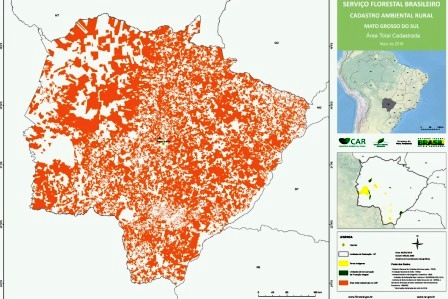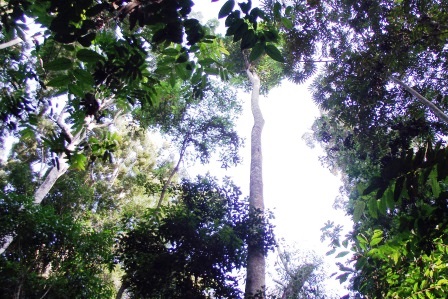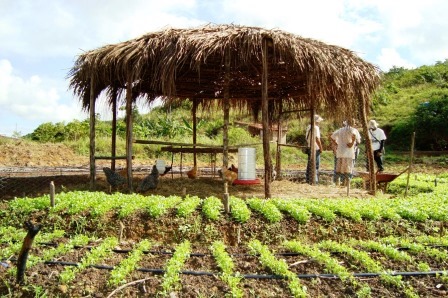CONTEXTUALIZATION
The state of Roraima is predominantly covered by the Amazon biome, characterized by dense forests. In its northeastern region, however, the Cerrado biome - locally known as Lavrado Roraimense - features shrub vegetation, grasses, and large palm trees along the numerous igarapés (streams).
The region known as the Arco do Fogo (Fire Arc), which includes the municipalities of Caracaraí, Iracema, Mucajaí, Alto Alegre, Amajarí, and Pacaraima, experiences a high frequency of forest fires, often caused by irregular fire management. The combination of less dense Cerrado vegetation, already degraded forest areas, and the region’s hot climate facilitates the spread of fires, further threatening the surrounding forest.
Thus, despite having protected areas, Roraima faces significant challenges in controlling deforestation and forest fires, which have been increasing over the years, particularly in areas with human activity.
THE PROJECT
The project is structured into two components:
1. Institutional Strengthening
1.1 Construction of the headquarters of the 1st Environmental Protection Battalion in the municipality of Boa Vista, including the acquisition of furniture, machinery, and equipment.
1.2 Establishment of the Risk Monitoring and Control Center, with investments in software licensing, machinery, and equipment.
1.3 Re-equipment of the CBMRR through the acquisition of equipment, materials, and vehicles.
2. Prevention, Combat, Monitoring, and Inspection
2.1 Training of farmers and local producers in the prevention and combat of unauthorized burnings and forest fires (non-financial counterpart).
2.2 Training of community firefighters in rural areas for fire prevention and control (non-financial counterpart).
2.3 Acquisition of Personal Protective Equipment (PPE) for firefighters.
INTERVENTION LOGIC
The project fits into the component Monitoring and Control (2) component of the Amazon Fund Logical Framework, contributing to direct effect 2.1 – Structured and modernized environmental monitoring, control, and accountability institutions.







